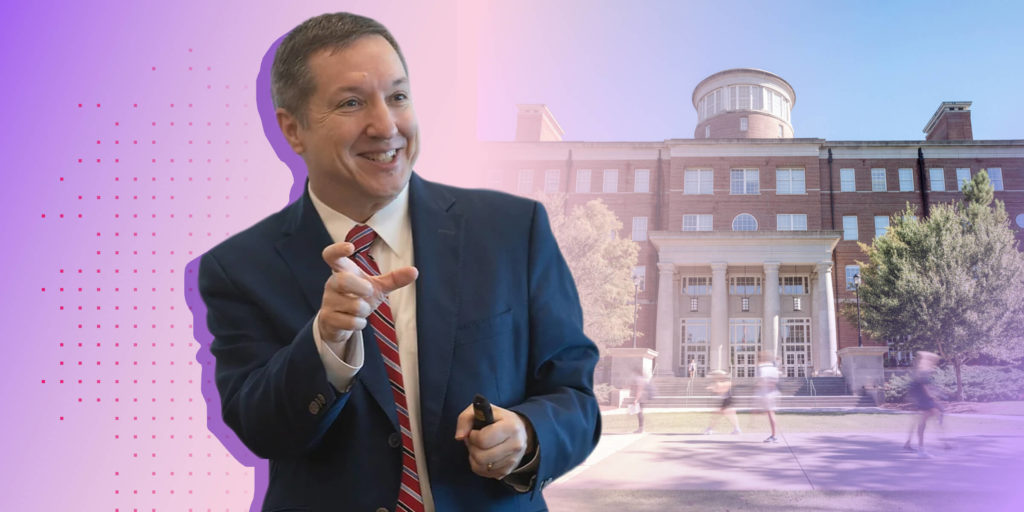Jonah Berger, marketing professor at the Wharton School of the University of Pennsylvania, has spent over 15 years studying how social influence works and how ideas catch on. In his book Contagious, he shares several basic principles based on the neuroscience of storytelling and information retrieval—key concepts for any instructor.
Jonah Berger spoke about these very concepts at our Engage 2017 conference for innovative educators. In advance of his keynote address, he talks to us about the importance of stories in the classroom, and how the human brain can be wired to retain and recall learning.
Why does “going viral” matter in an academic world?
It’s not that going viral matters, but certainly spreading the word or getting a message out there is important. We all would like to spread our ideas, whether we’re getting students in class to talk about them outside of class, or whether we’re trying to build our own brands to become educators more broadly, or potentially have an online platform.
To do that, we have to get people to share a message. It’s not as exciting, perhaps, as getting ten million views for a video or a piece of content—but if nobody shares our stuff, our message isn’t going to spread. So if we can craft contagious content, we can build our brands and get our ideas out there.
In your book Contagious, you talk about the power of stories to convey ideas and learning, both around observed behavior and the nature of the world. How can educators harness the power of storytelling and surprise in their classes?
Stories are a powerful way to communicate ideas. In some sense, they’re the currency of communication. Whenever I teach a class, I always start off with a story: a short vignette to bring people in, that opens up a ‘curiosity gap’ and makes people want to find out more.
If you can get them launched in at the beginning and latched into the content, they’re much more likely to follow you for the rest of the lesson. And so the question is, what can you do at the beginning of the class that will get them so excited that they can’t wait to find out what happens next.
Making sure students pay attention in class is one thing. Getting them to recall information, and then to achieve subject mastery, is another. What techniques and triggers can educators use to help them?
Triggers are very important for real-world learning. I often tell my own students, “I don’t care what grade you get in the class, I care whether you can use this material later when you’re in the real world.” And a lot of that is about pattern-matching; they recognize they’re in a situation where they need the material they’ve learned about in class, and they pull it out of memory.
That’s why, I think, a trigger is very important, and that’s why real-world field exercises are quite important. In my MBA course, for example, we do a lot of field exercises around Introduction to Marketing—how do different companies use pricing in the world around you?—and look at three or four different ways, or when do companies use social media vs. traditional advertising to communicate their message? And by encouraging students to use the principles at work in the world around them, it helps them remember it later when they’re in that world and could use them.
Who, in your opinion, is the most compelling educator working today, and why?
All of us can be a compelling educator, I don’t think there’s one person. I think the key is understanding and remembering our audience. Too often, educators think a lot about what material is important and what students should know, and much less about how students can digest that information and remember it. By focusing on an audience, by thinking about what will encourage your students to remember and enjoy the material, you’re much more likely to have them use it later on.
Learn the secret science behind word-of-mouth and social transmission, and the six basic principles of popularity.


